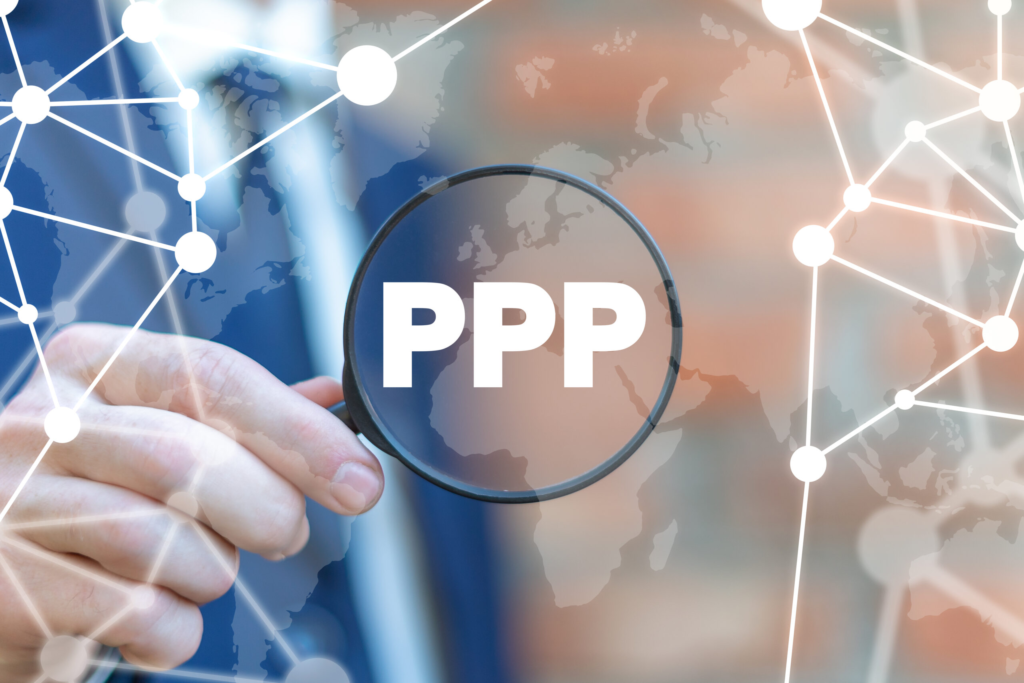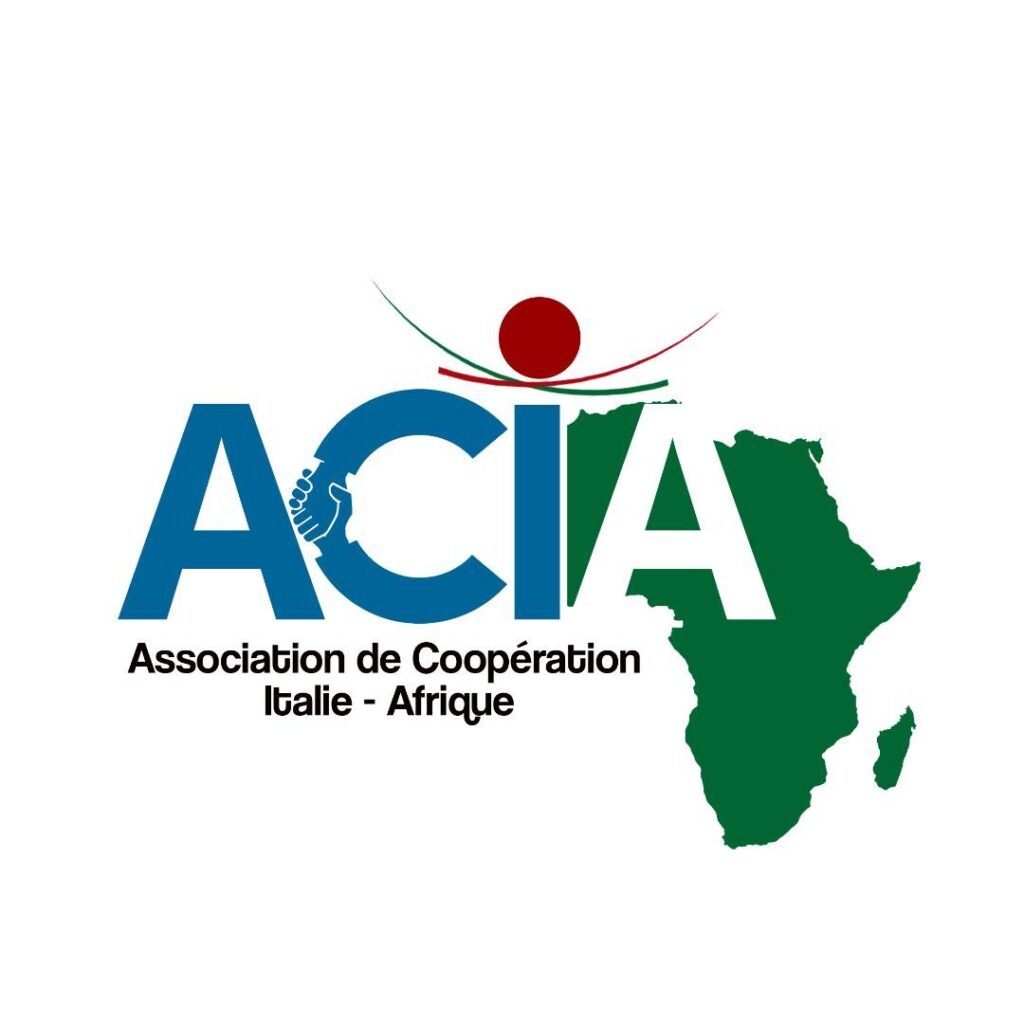What are public-private partnerships?
A Public Private Partnership (PPP) is a financing model for public infrastructure projects and initiatives such as a new telecommunications system. Government agencies represent the public partner at local, state and/or national level. The private partner can be a private company, a public company or a consortium of companies with a specific area of expertise.
What does it do?
PPPs are useful for large initiatives that require the hiring of highly skilled workers and a significant outlay of money to get started.

Characteristics of public-private partnerships
- Risk allocation and allocation.
- The optimal distribution and allocation of risk is for the party best able to manage it.
- Sufficient public interest.
- The agreement between all actors means that there was sufficient public interest in the form of consultation with end users, at the very least.
- Performance-based payments.
- This requires good human capital development and a funding framework that supports performance-related payments to private partners.
- Delivery capacity.
- The private partner has the capacity to manage all business processes and requirements in consultation with other private partners.
- Transparency.
- Public and corporate governance that includes a high quality of service and performance keeps the process credible and transparent.
- Competition.
- Competition is necessary to break down barriers to entry for some private partners. It also applies sufficient commercial pressure during the early part of the process to maintain high standards.
- Have credit support ready.
- When public bodies run out of cash, private partners need access to private capital, which allows the government to reallocate resources to other equally important needs.
- Opening avenues of communication.
- Silos can create bottlenecks. Open communication between sectors allows each party to express its needs and access potential solutions.
- Educating the public on PPPs.
- Gain public acceptance by talking about the potential for future infrastructure improvements.
- Create clear accountability processes.
- Each partner holds themselves and each other accountable for their roles and responsibilities. Accountability also includes transparency on planning, execution and maintenance steps.
- Establish a decision-making hierarchy.
- Both partners agree on the decision-making chain as well as on alternative routes. This avoids frustration, confusion and delays.
- Loose bureaucracy.
- There is room for leverage among the partners because they do not have to face restrictive external forces that may hinder project completion or unduly influence important decisions.
PPP models
There are various PPP contractual models based on financing and on which partner is responsible for the ownership and maintenance of the assets in the different phases of the government project.

Examples of PPP models
Examples of PPP models include:
- Design-Build (DB). The private sector partner designs and builds the infrastructure to meet the specifications of the public sector stakeholder, often for a fixed price. The private sector partner assumes all risks.
- Operation and Maintenance (O&M) contract. The private enterprise, under contract, manages a publicly owned asset for a specific period. The public partner then retains ownership of the assets.
- Design-Build-Finance-Manage (DBFO). The private sector company designs, finances and builds a new infrastructure component and owns the operation and maintenance under a long-term lease agreement. When the lease expires, the private sector partner transfers the infrastructure component to the public sector partner.
- Build-Possess-Manage (BOO). The private party finances, builds, owns and operates the infrastructure component in perpetuity. The constraints of the public sector partner are stated in the original agreement and through the ongoing regulatory authority.
- Build-Possess-Manage-Transfer (BOOT).
- Privatisation is granted for the financing, design, construction and operation of an infrastructure component (and for charging user fees) for a specific period, after which ownership is transferred back to the public sector partner.
- Buy-build-manage (BBO). This publicly owned asset is legally transferred to a private sector partner for a designated period.
- Build-rent-manage-transfer (BLOT). The private sector partner designs, finances and builds a facility on public leased land. The private sector partner operates the facility for the duration of the land lease. When the lease expires, the assets are transferred to the public sector partner.
- Management licence. The private sector partner is granted a licence or other expression of legal permission to operate a public service, usually for a specified period. (This model is often used in IT projects).
- Financing only. The private entity partner, usually a financial services company, finances the infrastructure component and charges the public sector partner interest for the use of the funds.
PPPs present a framework that, while involving the private sector, recognises and structures the role of government in ensuring that social obligations are met and that sectoral reforms and public investments are successful.
How does the PPP work?
A sound PPP optimally allocates tasks, obligations and risks between the public and private partners. Public partners in a PPP are government bodies, including ministries, departments, municipalities or state-owned enterprises. Private partners may be local or international and may include companies or investors with technical or financial expertise relevant to the project.
Increasingly, PPPs may also include non-governmental organisations (NGOs) and/or community-based organisations (CBOs) representing stakeholders directly affected by the project.
Effective PPPs recognise that the public and private sectors each have certain advantages over the other in performing specific tasks.
The government's contribution to a PPP can take the form of investment capital (available through tax revenues), a transfer of assets or other commitments or contributions in kind to support the partnership. The government also provides social responsibility, environmental awareness, local knowledge and the ability to mobilise political support. The role of the private sector in the partnership is to use its expertise in business, management, operations and innovation to run the business efficiently.
The private partner may also contribute investment capital depending on the form of the contract. The partnership structure should be designed to allocate risks to partners who are best able to manage those risks and thus minimise costs while improving performance.
Business Consultant | New Global Business and Internationalisation Expert
Specialised in accompanying companies to global markets, I combine academic and operational skills to develop effective and sustainable internationalisation strategies. With a focus on innovative business models, transnational contracting and corporate social responsibility, I help companies navigate the complexities of emerging markets and informal economies.
Academic Profile
Master's Degree in Economics and International Finance with experience in Swiss and global contexts, is adjunct professor at the Catholic University of the Sacred Heart (Brescia) from 2021. He teaches:
-
International Contractslegal frameworks for operating in complex markets.
-
Informal economy in developing countriesCritical analysis of socio-economic dynamics and market opportunities.
-
Management of local and global enterprisesOperating models for 'Born Global' companies and integration of digital technologies.
Practical approach
I work with SMEs and multinationals for:
✔ Reducing cultural and logistical barriers through digital tools (OMS, ERP, 3D platforms).
✔ Implementing multiplication strategies for expansion into priority markets, with case studies in the US, UAE and Asia.
✔ Integrating social responsibility in business plans, with a focus on ethical supply chains.
Objective of the blog
Sharing insights on new global business models, practical cases of internationalisation and technological trends that are revolutionising cross-border trade.
'Success in the global economy requires not only technical expertise, but a systemic vision that combines digital innovation, cultural adaptation and sustainability'.
For collaboration or consultancy: Link






